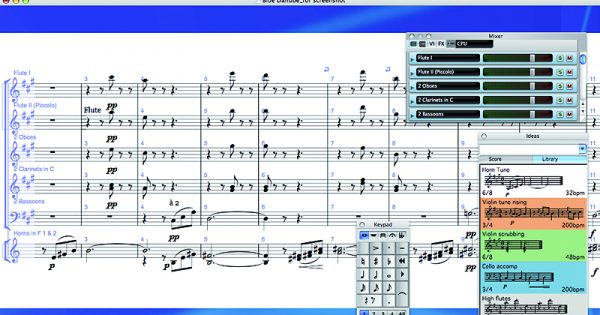
Once we struck the depths of the Fourth, earlier reservations were blown away. 5 with their soloist? It hardly ever gets an airing in standard programming. It was good that the other players got to listen, but couldn’t they have prepared Sibelius’s delightful Humoresque No. The last movement’s “dance with polar bears”, as the great musicologist Donald Tovey once put it, was dangerous in the wrong way, and a lovely bit of Bach by way of encore didn’t seem pertinent. He started unatmospherically, though, and never caught the sense of fantasy with which Lisa Batiashvili so bewitched at the Proms (again with Oramo). How Leonidas Kavakos ( pictured above with Rattle and the Orchestra by Mark Allan for the Barbican) spun that central legato line, hooking us from first to last in the most conventional movement of the evening. It was the same story with the Violin Concerto: outer movements problematic, core lyricism perfect. But the hypnotic effect didn’t go quite as deep as in Sakari Oramo’s revelatory debut performance with the BBC Symphony Orchestra. Better were the circling motions of the fascinating, more-than-intermezzo middle movement, beautifully shaded with the peerless Berlin woodwind shining for the first of many occasions during the evening. A well-oiled machine and traffic lights aren’t necessary for Sibelius’s primal evolutions. The Third's finale, which evolves with what should be imperceptible dynamism into something strong and noble, had too many bumps along the way and didn’t hit the peroration convincingly enough. Rattle has made one of the best observations about John Adams's music, that it "always seemed to be moving forward in space", but he doesn't seem to be able to apply that to the supreme mover Sibelius. Here they weren’t nearly light enough to herald a true sense of cheerful adventure, and Sibelius’s epic journey took on nothing like the spring and sense of direction it needed.Ĭall it the contrast between the power of the earth, which Rattle’s Berliners can always manage, and the energy of the human, which on this evidence isn’t their strong point. Yet the beginning of the concert reminded us that cellos and a slightly smaller complement of basses also launch the Third Symphony at the opposite end of the dynamic scale, and in very different mode.

Awe-inspiring is how it sounds on Sir Simon Rattle’s 1986 City of Birmingham Symphony Orchestra recording, with a little help perhaps from the engineer, and those eight Berlin Philharmonic double-basses last night were not going to stint on its force either.


 0 kommentar(er)
0 kommentar(er)
